A Garter Snake is any number of species in the taxonomic genus Thamnophis. Researchers recognize at least 35 different species. Each species is slightly different from the next, and has its own unique distribution. These snakes live throughout much of North America. Read on to learn about the Garter Snake.
Description of the Garter Snake
Though all the different species share the same typical snake-shaped body, these creatures vary in size and coloration. Some have black scales, others brown, tan, red, yellow, and more. Many species have lines, checkers, or other markings.
Adults range in size from about one foot long to nearly five feet in length. Most species weigh less than a pound.
Interesting Facts About the Garter Snake
You can find a wide variety of different Garter Snakes throughout North America. Learn more about some individual species below.
- Western Ribbon Snake – This species, and its subspecies, sport bright coloration. They have bright yellow, green, orange, and/or red stripes. Researchers recognize six unique subspecies of western ribbon snake!
- Aquatic Garter Snake – Like their name suggests, this species has quite the affinity for water. They flee to the water when threatened, and often hunt in the water as well. These snakes even use their tongues as a lure to capture fish!
- Giant Garter Snake – The largest of the 35-odd species, this snake is in decline. The IUCN lists the species as Vulnerable. Humans destroy the wetlands that these snakes live in, and pollute the waters that they hunt in.
- Common Garter Snake – As you might guess, this species is widespread and abundant across a vast expanse of North America. Throughout its range, researchers have identified 13 genetically unique subspecies! This species is also the state reptile of Massachusetts.
Habitat of the Garter Snake
This expansive group of snakes occupies a wide variety of habitats. However, all of the various species prefer riparian areas. Riparian areas are those that lie in close proximity to a water source like a lake, pond, swamp, or wetland.
Some of the different ecosystems that they live in include wetlands, marshes, swamps, woodlands, grasslands, forests, and more. Many species also range into areas near human activity, like farms, pastures, parks, gardens, and more.
Distribution of the Garter Snake
The various species live across most of North America and into Central America. They range from Canada to the border of South America. However, they are absent from northern Canada in the polar regions, and a portion of the southwestern United States.
Each species has its own unique distribution and range. Some live across huge expanses while others live in just a small region or a single state.
Diet of the Garter Snake
These snakes are carnivores, which means that they eat other animals. Their prey varies based on where they live and how large they are. Smaller snakes feed on smaller prey, while larger snakes can take on larger animals.
Some common prey items include frogs, frog eggs, small fish, salamanders, lizards, and small mammals. They are immune to the toxins of most frogs and toads.
Venom
For years, researchers believed that these snakes did not have venom. However, recent research has shown us that is not the case. These snakes actually do have incredibly mild venom, but it is not dangerous to humans in any way. This mild toxin makes it easier for them to swallow their prey.
Garter Snake and Human Interaction
As discussed above, these reptiles are not dangerous to humans in any way. Unfortunately, humans do pose a risk to these snakes. Their primary dangers include habitat destruction and pollution to the waterways that they inhabit. Most feed primarily on amphibians, which are heavily impacted by pollution in the water.
The impact of human activity on the population varies from species to species. Some are widespread and common, and these activities do not cause overall decline. Other species have small populations and face true threat from human activity.
Domestication
Humans have not domesticated these snakes in any way.
Does the Garter Snake Make a Good Pet
No, this snake does not typically make a good pet. In many places, it is actually illegal to take this snake from the wild as a pet. Capture for the pet trade impacts some species, and causes population decline. However, some people do keep captive-bred specimens as pets.
Garter Snake Care
In zoos and private collections these snakes require certain care parameters. They like sources of water to swim in like their wild counterparts. Zoos also provide a variety of vegetation and logs for the snakes to climb on.
Like all reptiles, the light, temperature, and humidity should be carefully monitored. Zookeepers usually feed them small rodents and the occasional worm or fish.
Behavior of the Garter Snake
Outside of the breeding season, these snakes are usually solitary. They forage alone and use pheromones to communicate with one another. As the winter approaches, large numbers congregate in the same area to go into a dormant state known as “brumation.” After brumation, the masses emerge and mate before parting ways again.
Reproduction of the Garter Snake
This snake is ovoviviparous, which means it retains the eggs in its body until they hatch, and the snake gives “live” birth. Litters contain anywhere between 4 and 80 young snakes. The average in a litter varies by species.
The young are fully independent at birth and receive no parental care. They reach sexual maturity when they are between 1 and 3 years of age.

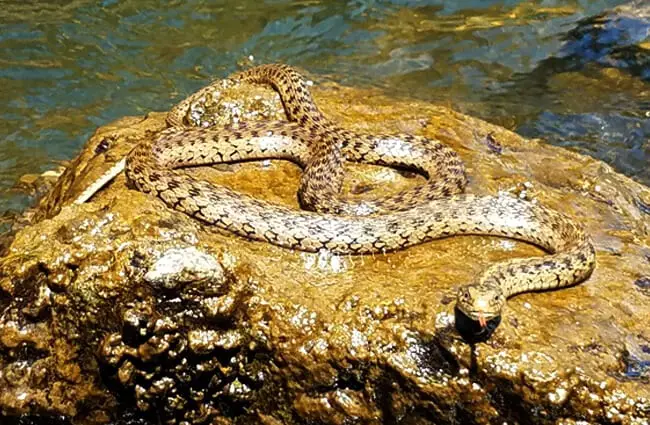
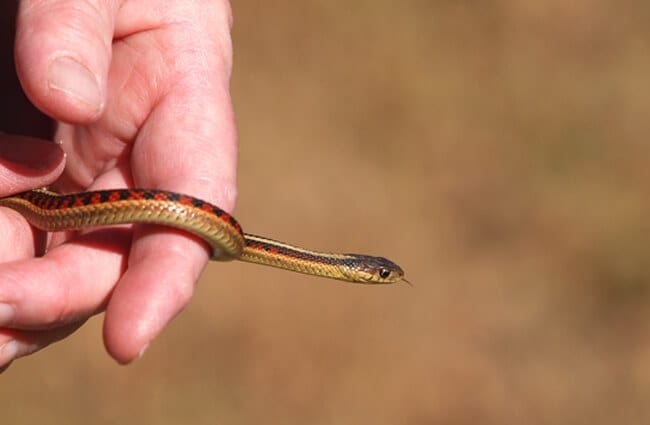
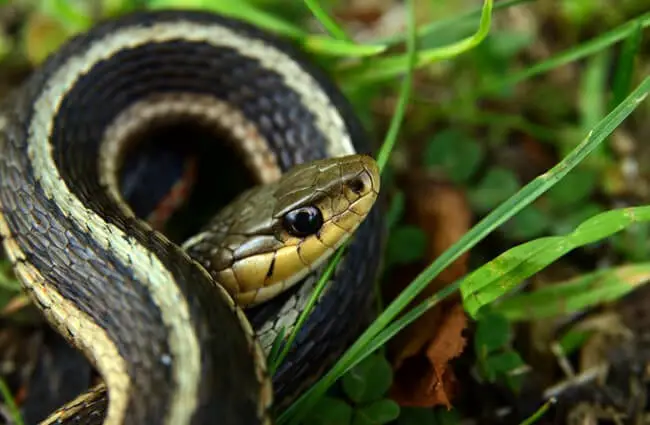
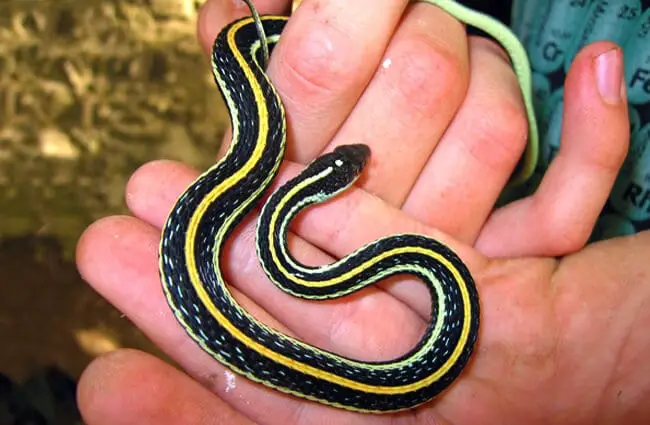
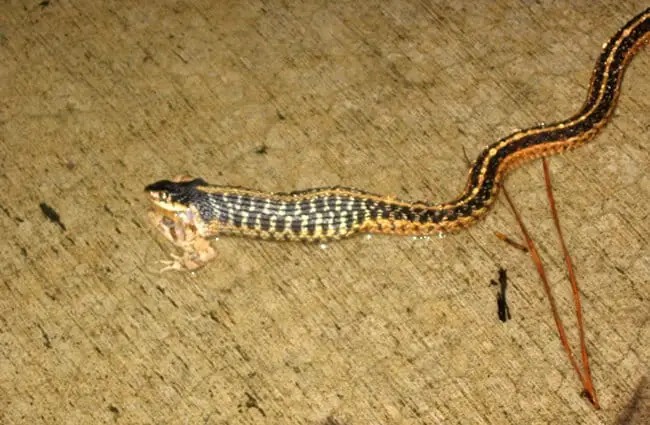


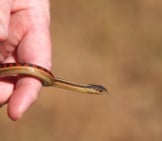

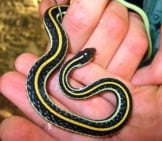
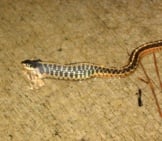

![Red Angus Closeup of a beautiful Red Angus cowPhoto by: U.S. Department of Agriculture [pubic domain]https://creativecommons.org/licenses/by/2.0/](https://animals.net/wp-content/uploads/2020/03/Red-Angus-4-238x178.jpg)












![Red Angus Closeup of a beautiful Red Angus cowPhoto by: U.S. Department of Agriculture [pubic domain]https://creativecommons.org/licenses/by/2.0/](https://animals.net/wp-content/uploads/2020/03/Red-Angus-4-100x75.jpg)

